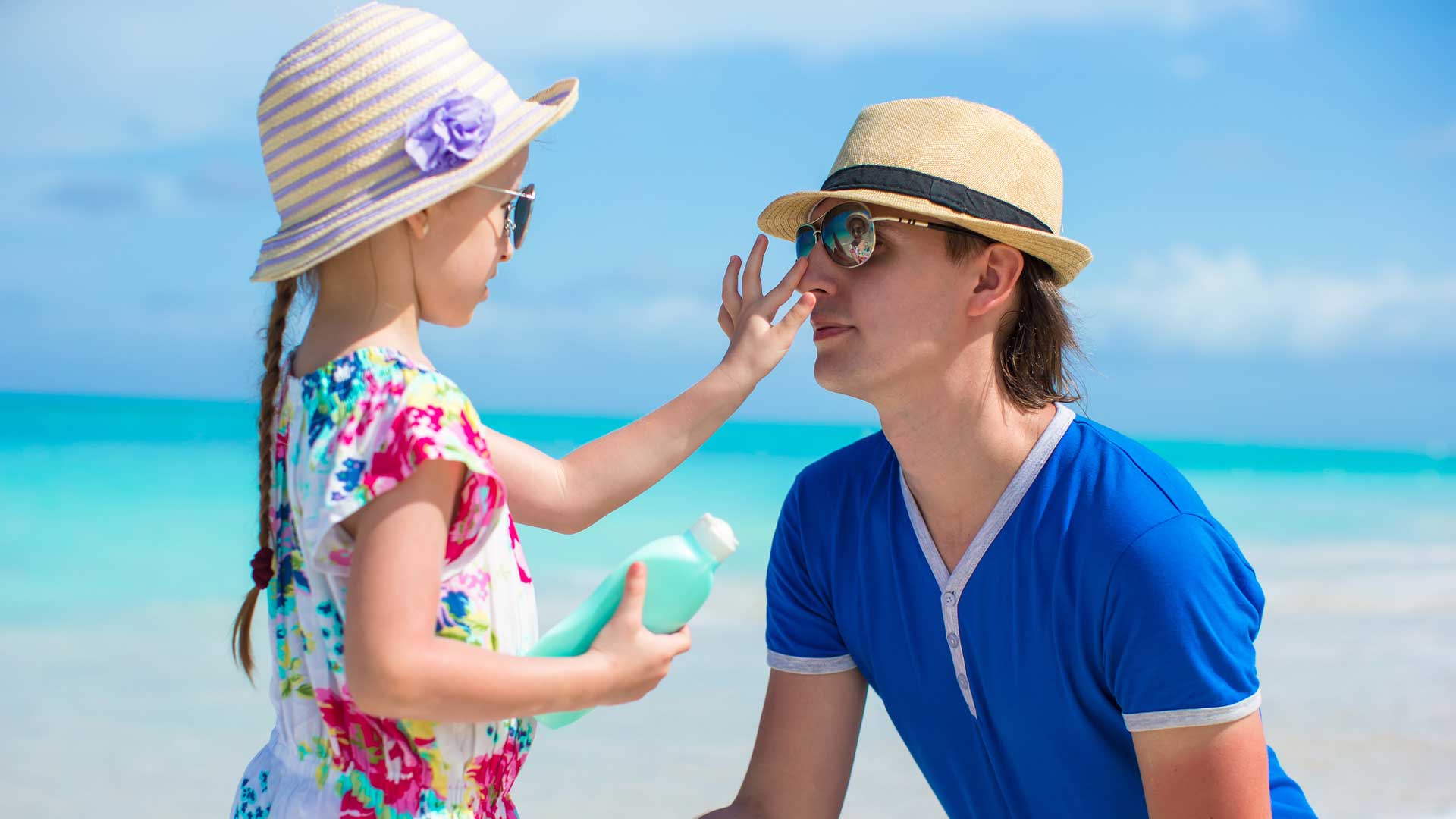by
Preventing Skin Cancer Through Education and Early Detection
by

Preventing Skin Cancer Through Education and Early Detection
With skin cancer rates rapidly increasing, there is an enormous need to educate young people, and the people who influence them, about the dangers of overexposure to the sun and ultraviolet radiation. We were thrilled to have the Enright Melanoma Foundation join us recently. Their proven Enright Skin Cancer Program is transforming how youth and young adults learn about sun safety! Summit Health Cares is proud to run this program in memory of Summit Health’s very own Dr. Joe Enright.
Our philosophy: the sun doesn’t have to be scary. We believe that properly educating children and adults about sun safety awareness will allow them to enjoy the many benefits the sun has to offer while being protected.
We provide sun safety awareness through online resources, educational presentations, and at onsite events. Our signature programs are our multimedia/interactive, online Enright Sun Safety Certification™ programs for ages 5 and over. These programs are offered free to the public. We teach people to Apply Cover Enjoy™.
"*" indicates required fields
By submitting this form, you are consenting to receive marketing emails from Summit Health Cares, 150 Floral Ave., Suite 103, New Providence, NJ 07974, www.sh-cares.org. You can revoke your consent to receive emails at any time by using the SafeUnsubscribe® link, found at the bottom of every email. Emails are serviced by Constant Contact
Get the latest news about how Summit Health Cares is making a difference in our community by subscribing to our quarterly newsletter, Catalyst.
"*" indicates required fields
